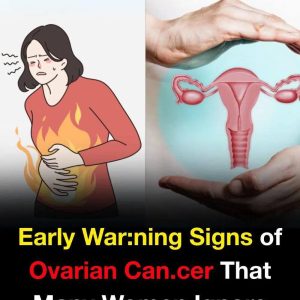What You Could Learn From Bulging Veins
Bulging veins aren’t always a cause for concern, but they can sometimes signal underlying health issues. Understanding why veins become more visible helps in recognizing when medical attention may be needed.
Common causes include aging, exercise, hot weather, tight clothing, genetics, sun exposure, and excess weight. In some cases, they’re harmless. However, discoloration, pain, or sudden appearance warrants a doctor’s visit.
Bulging often occurs when blood pools in weakened or damaged veins instead of flowing smoothly back to the heart. This can lead to varicose veins—twisted, enlarged veins typically found in the legs but also possible in the arms.
According to the Cleveland Clinic, major risk factors include smoking, obesity, genetics, hormonal changes (like during pregnancy), and prolonged sitting or standing.
Treatment ranges from compression stockings and leg elevation to injection therapy or surgery, depending on severity. Untreated varicose veins may lead to venous ulcers, blood clots, or even pulmonary embolism.
Preventative steps include staying active, losing weight, quitting smoking, and avoiding tight clothing, especially around the waist.





